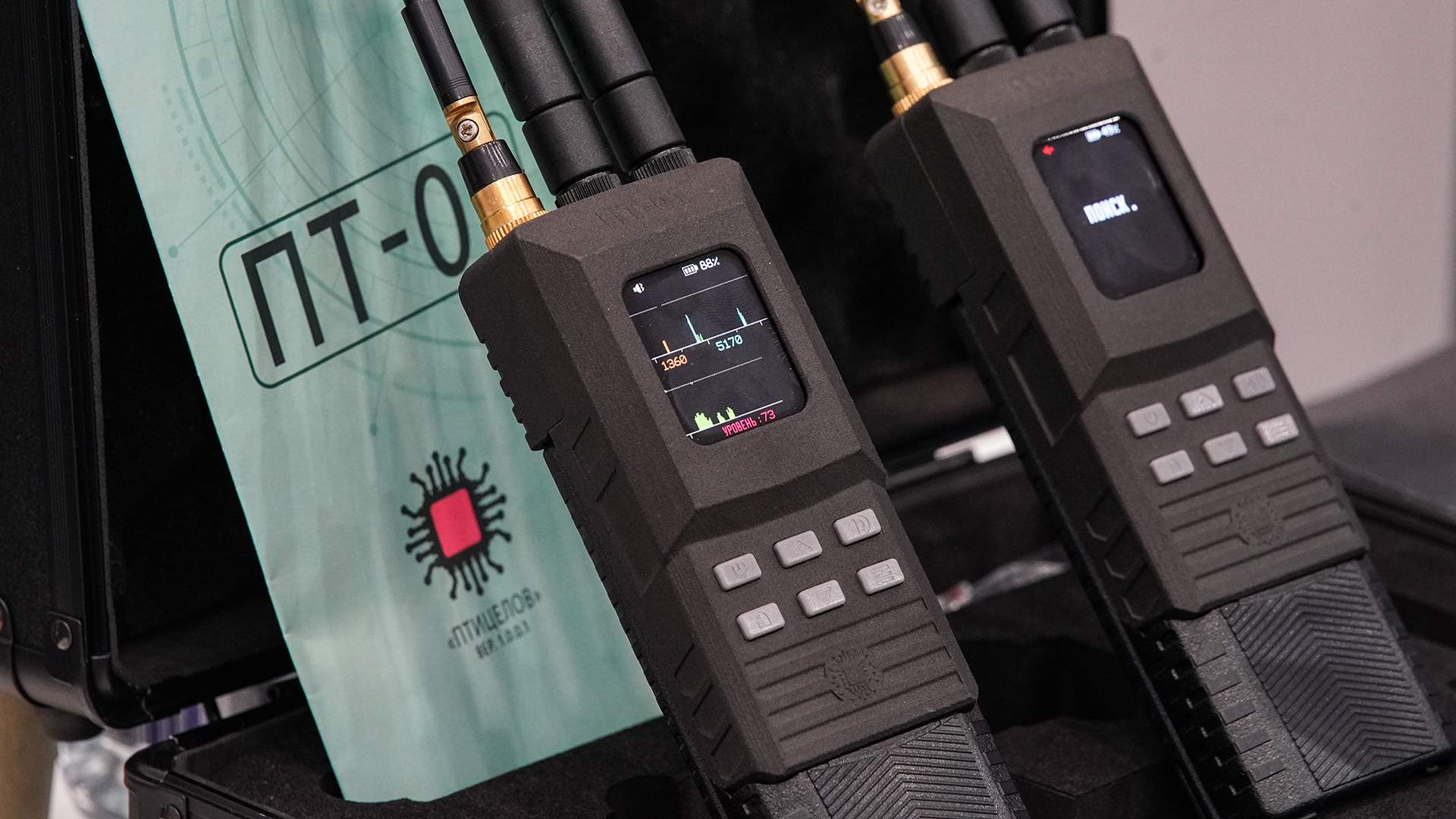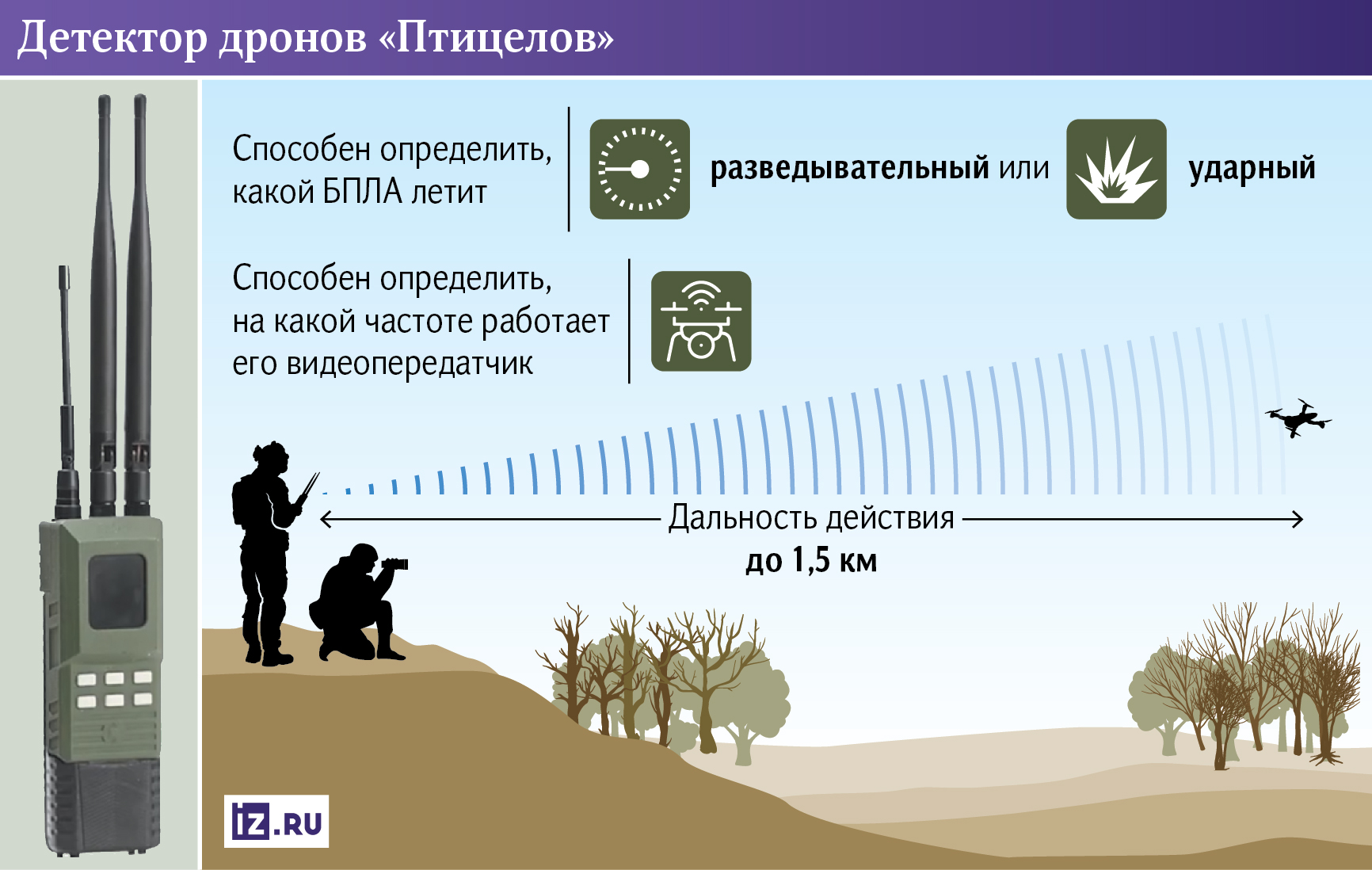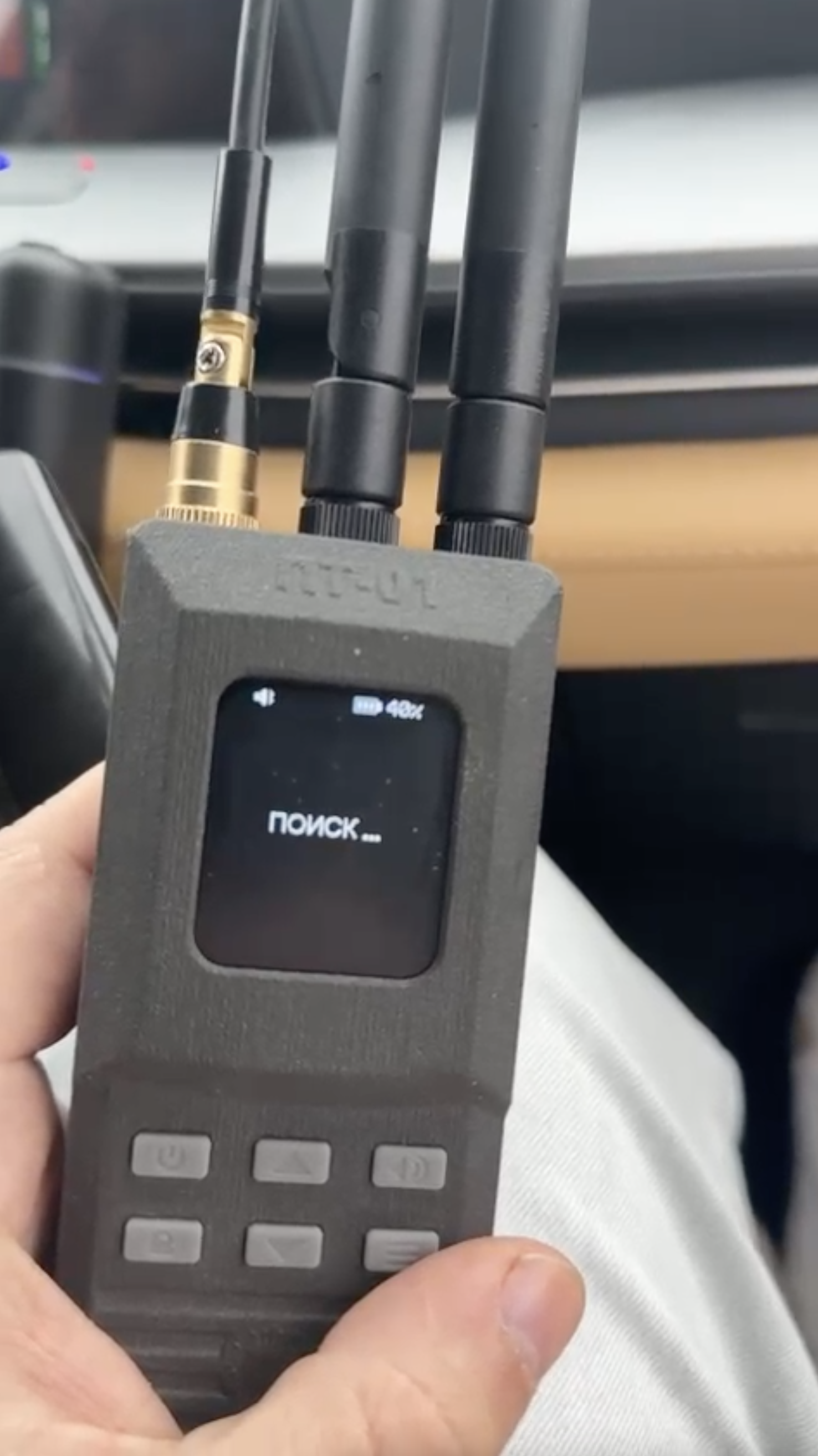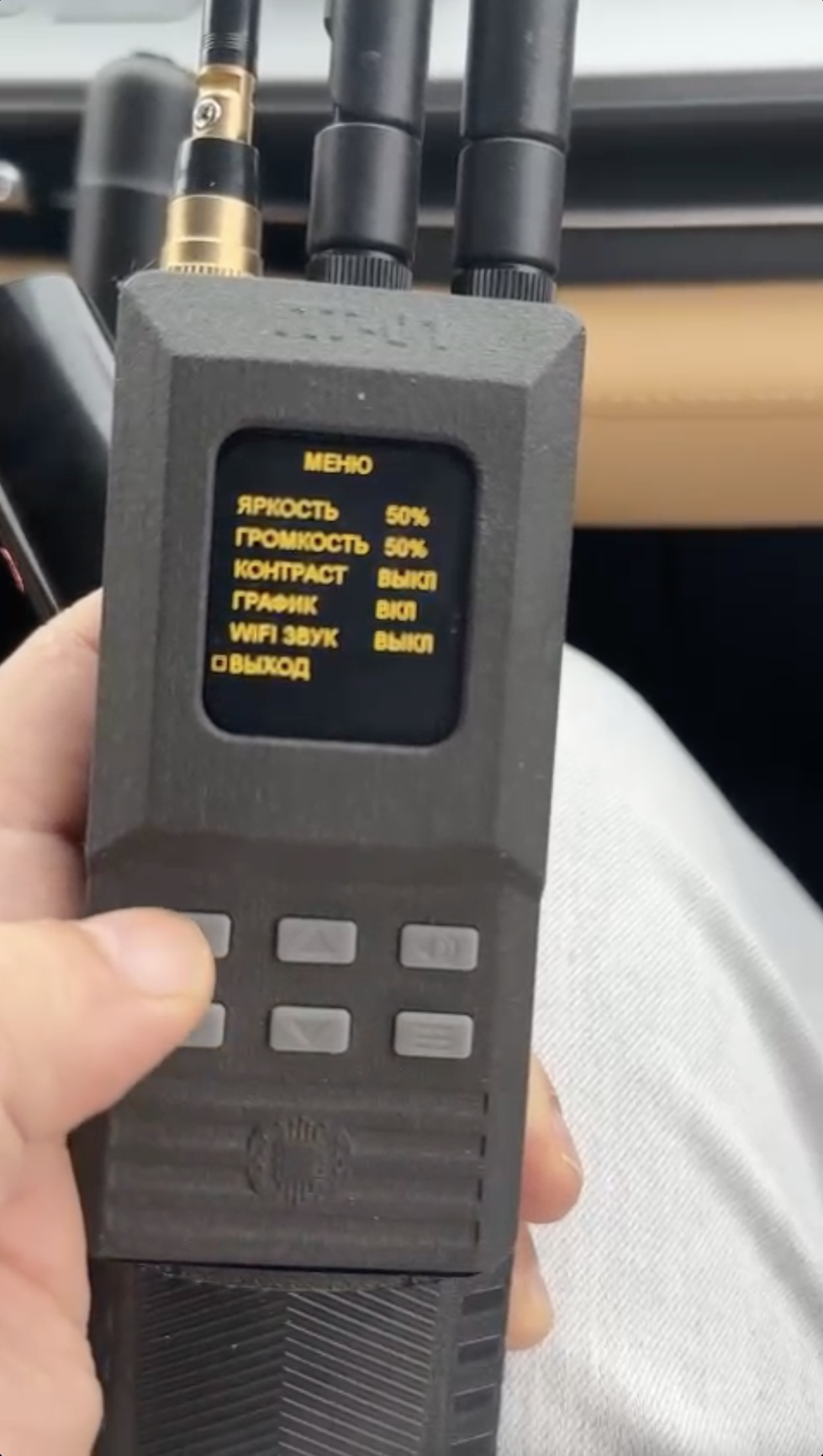Skillful "Birdcatcher": volunteer drone-detector adopted by the Ministry of Defense

The Ptitselov drone detector, developed proactively by volunteers, has been officially adopted by the Ministry of Defense and will be centrally supplied to the SSO zone in early 2025, Izvestia has learned. Its main advantage over analogs is the ability to determine the type of UAV and the frequency of its video transmitter. The process from the release for testing to the signing of documents on the adoption into service took no more than half a year. Experts note that previously it could take years for bureaucratic reasons, but the conditions of the SWO dictate new rules.
How drone detectors work
The device, created by volunteers, helps fighters detect drones of different types at a distance of up to one and a half kilometers. It can identify the type of drone and the frequency of its video transmitter. This should make the work of electronic warfare (EW) units easier.

- The software for the device was developed by our volunteer programmers," Alexander Kamin, owner of Eltekh-Yug, told Izvestia. - Unlike Chinese analogs, our drone detector has two modes of operation. The first option, PT-01 "Ptitselov" can work as a spectrum-analyzer - to view and analyze the entire spectrum of frequencies to identify drones. The second option is to work in a simplified mode, when the detector displays only the name of the detected drone, its frequency and the signal strength scale. Switching between modes takes a few seconds.
Alexander Kamin has been personally sending drones to fighters, repairing and flashing them as a volunteer since the beginning of the ERS. He assembled the first REB system without any help - literally on his knees. He sent it together with humanitarian aid to Marinka. Russian fighters tested it and gave positive feedback. Then Alexander began to assemble a team and built the first small laboratory.
Tests of "Ptitselov" on military ranges began in the spring of this year. And the positive conclusion for the use of the detector in the army units was not obtained from the first time, said Alexander Kamin.
- In the summer we started production and in the fall we received an offer to supply the first batch of detectors for the needs of the army. It took two months to coordinate and sign the relevant documents. And in early 2025 we will start supplying our "Birdcatchers" in a centralized manner. That is, the whole process of adoption of the weapon by the Ministry of Defense of the Russian Federation took us no more than six months, - said the owner of the company.
How the process of arming the products has changed
As military expert Yuri Lyamin explained to Izvestia, earlier the adoption of any development could take years, it was a rather long and protracted process.
- In this case, they made a positive decision on the development of volunteers and in just a couple of months, which means a significant acceleration of processes in this area," he said. - The Ministry of Defense has now started to pick up, test and order samples for delivery to the NWO quite quickly. This is pleasing, because there is a constant arms race in the war zone. Devices become obsolete quickly, so it is necessary to update and modernize them even faster. In addition, large structures have begun to notice the developments of our volunteers, they do not dismiss them and do not compete, but work together for our common victory.

Until recently, our fighters had no regular means of determining the type of drone. Military expert Dmitry Kornev told Izvestia about this.
- A drone detector provides what air defense means cannot do," he explained. - Probably, it is still possible to update the library of drones, which is very important in the current conditions. Thanks to the fact that the detector identifies the type of UAV, our fighters can understand what kind of threat it poses - whether it is a strike FPV drone or an observation reconnaissance drone, and accordingly can organize countermeasures more effectively.

According to the expert, it is now important to solve the issue of communication between the drone detector and air defense systems.
- Whether it will be a manual communication channel, i.e. voice, or whether it will be some kind of digital modern secure communication channel is still a question. And it is not only to the developers of the drone-detector, but also to the enterprises that are engaged in the production of air defense equipment. In any case, this kind of products will be in high demand in the Armed Forces, especially on the front line, where the lives of soldiers, the safety of equipment and the performance of combat tasks, both offensive and defensive, often depend on the detection of the drone - said Dmitry Kornev.
UAV suppression tool
Earlier "Izvestia" wrote that in the areas of the special military operation along with humanitarian aid arrive devices designed by volunteers. One of such developments was the Ornitolog-1M+ UAV suppression system, nicknamed "iron" among the military.
In appearance, the device is really similar to a popular household appliance. From the outside it looks like a small green suitcase with a handle in the middle - in your hand you hold it just like an iron.
"Ornitolog," like the drone detector "Ptitselov," was made by Eltekh-Yug. The device does not just make drones land, but often allows you to get them almost in a whole condition suitable for further use.
Переведено сервисом «Яндекс Переводчик»




